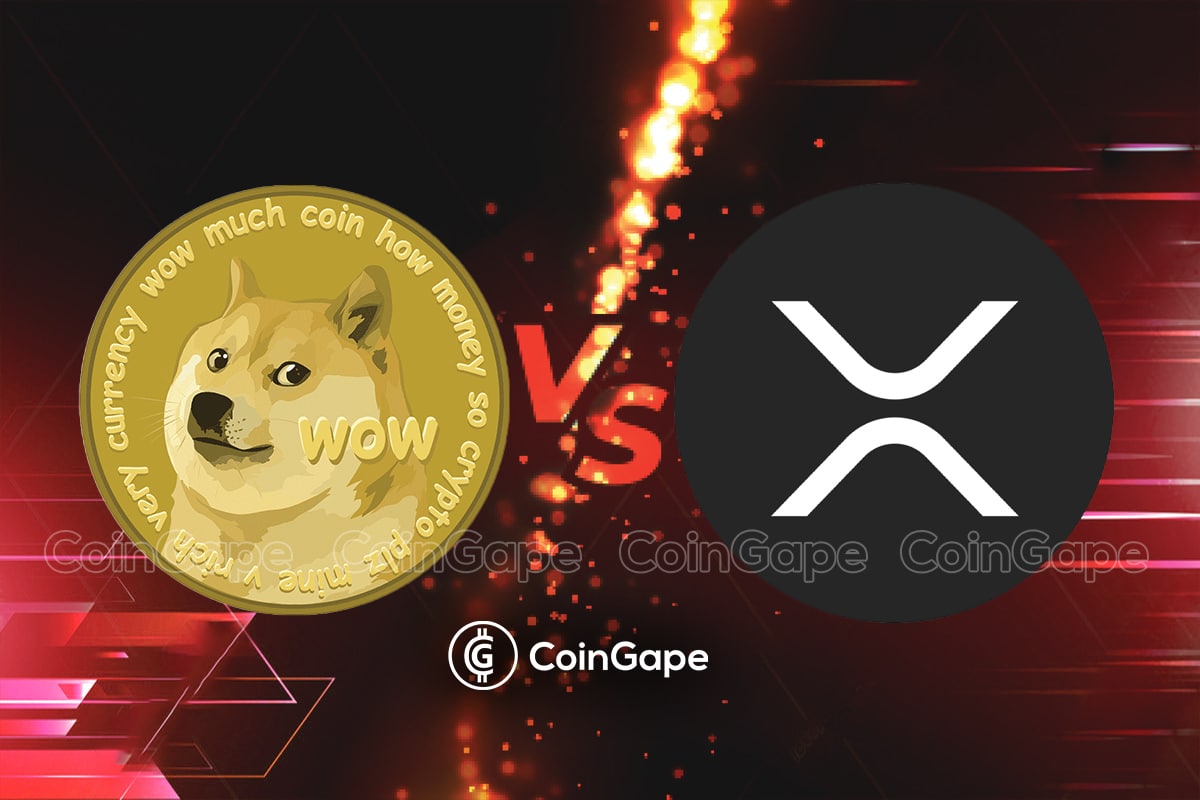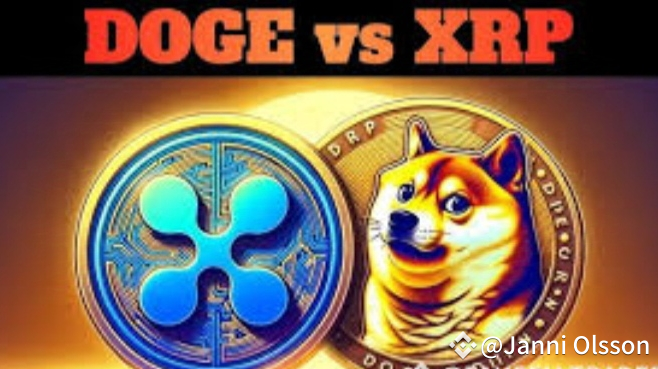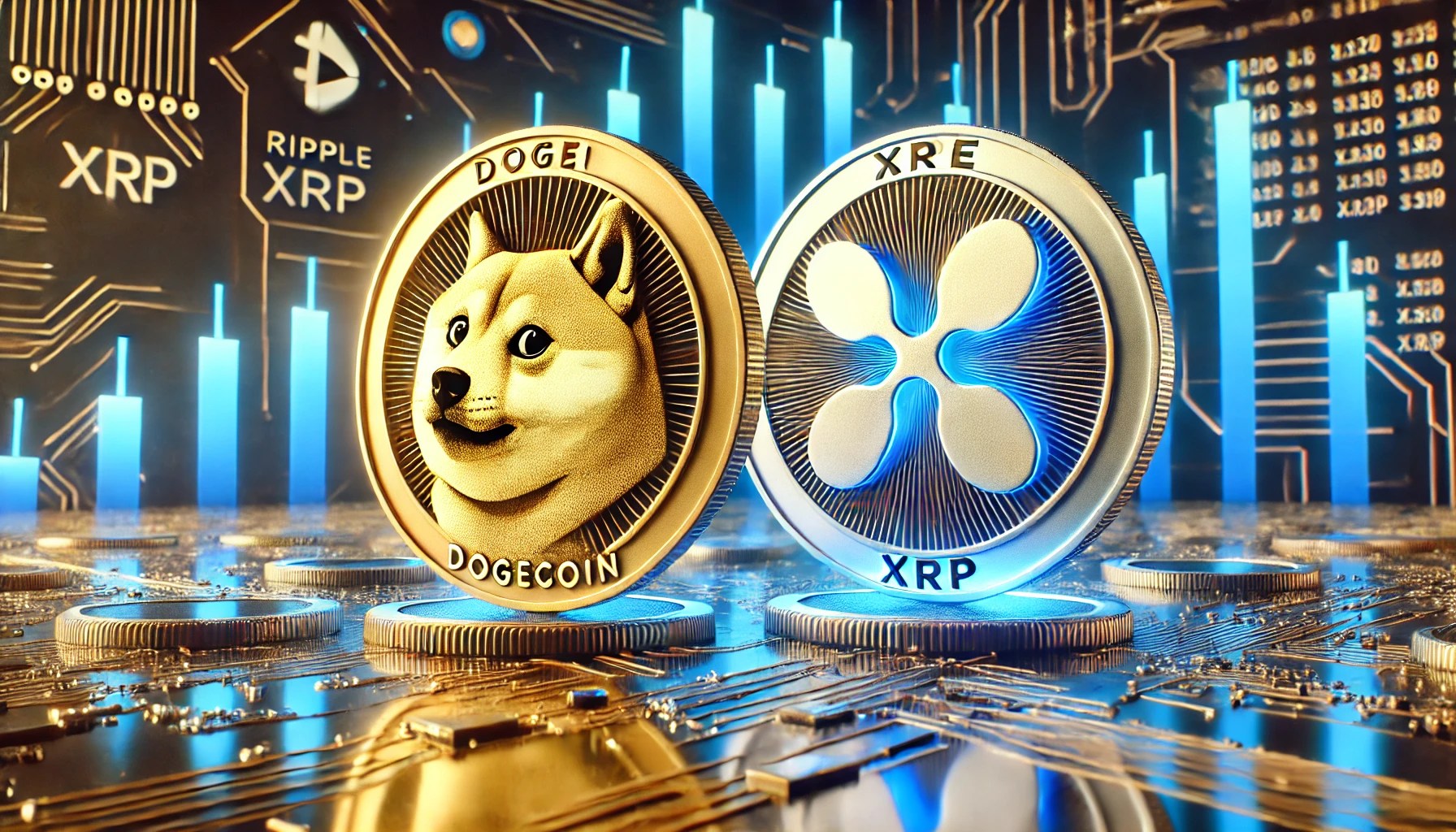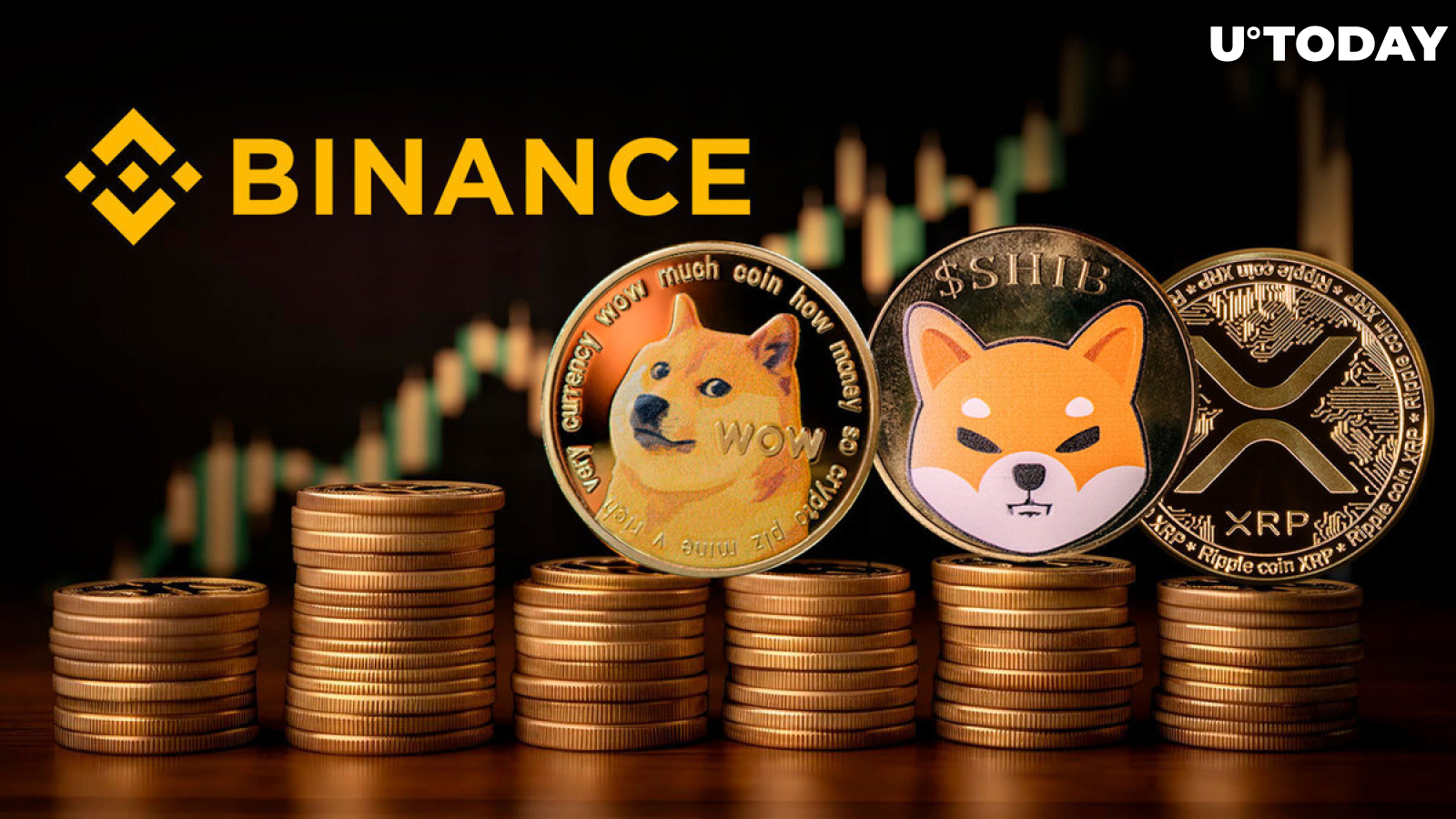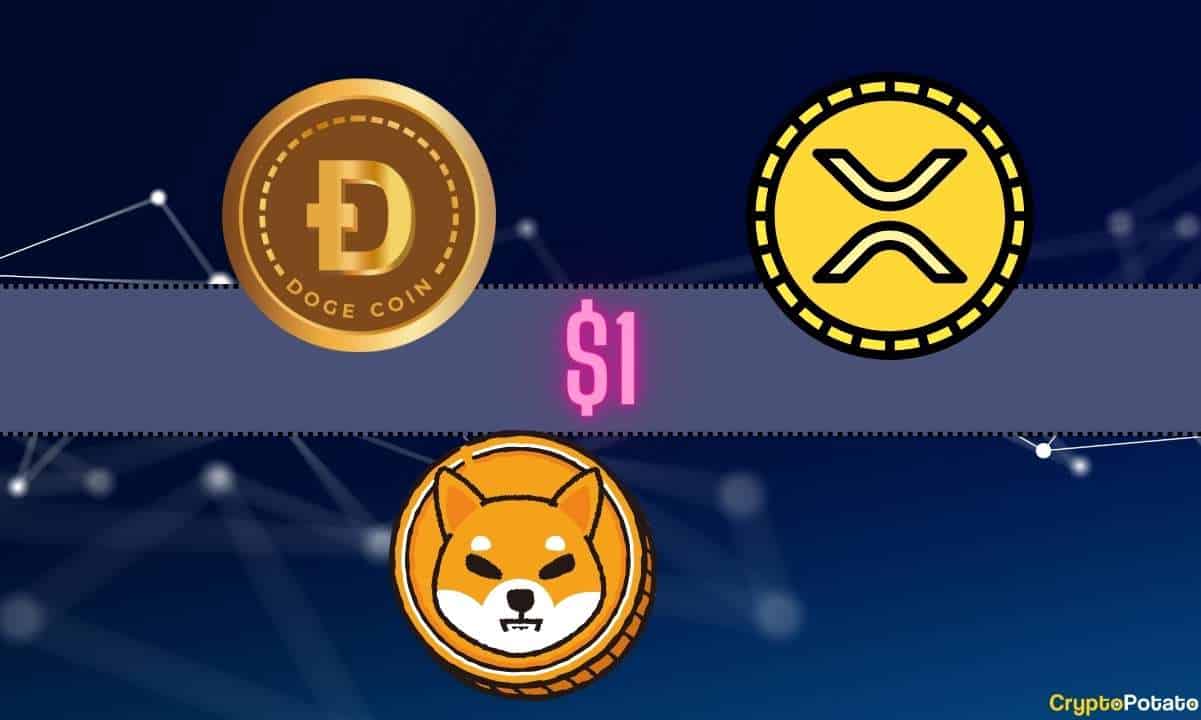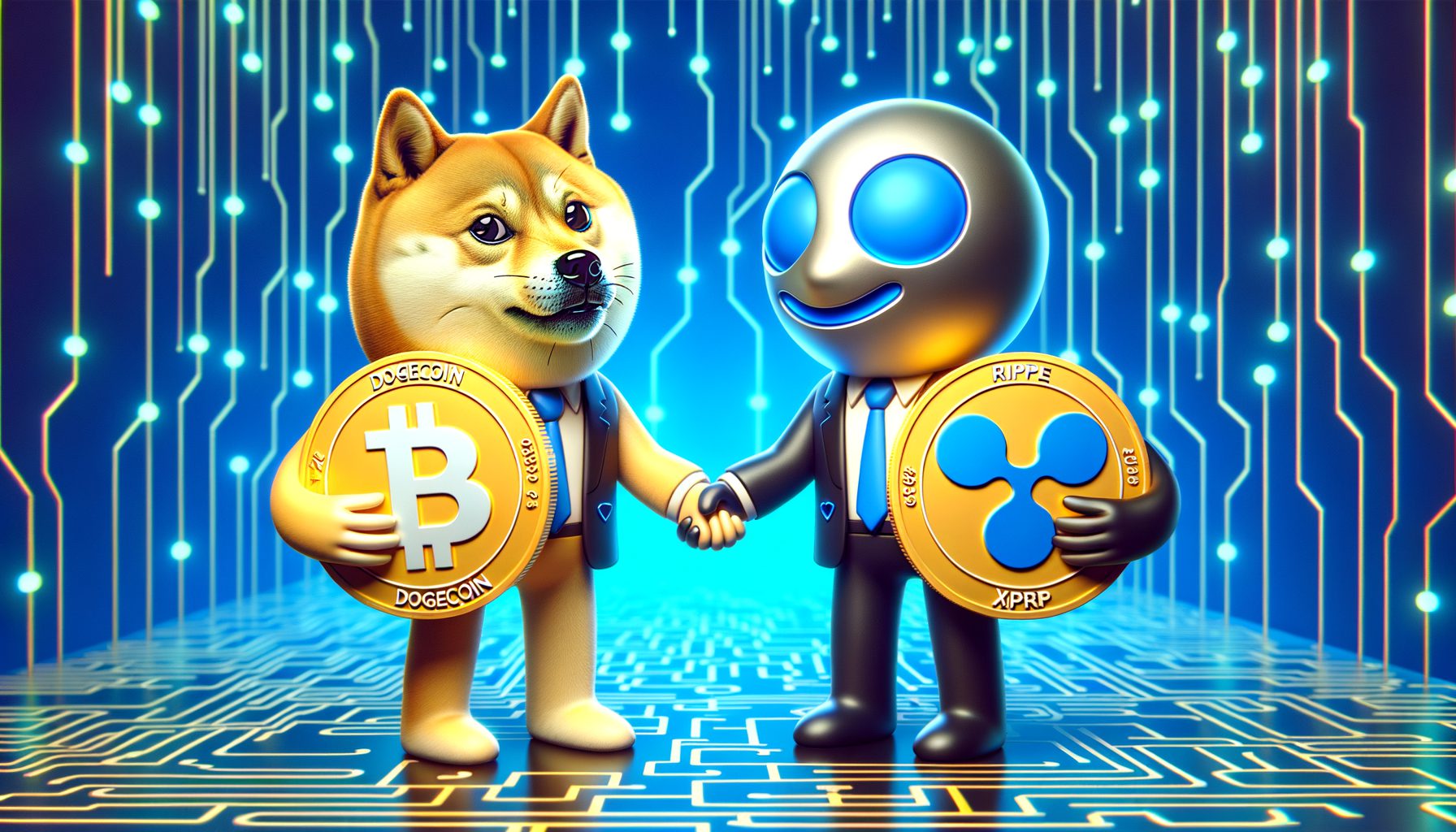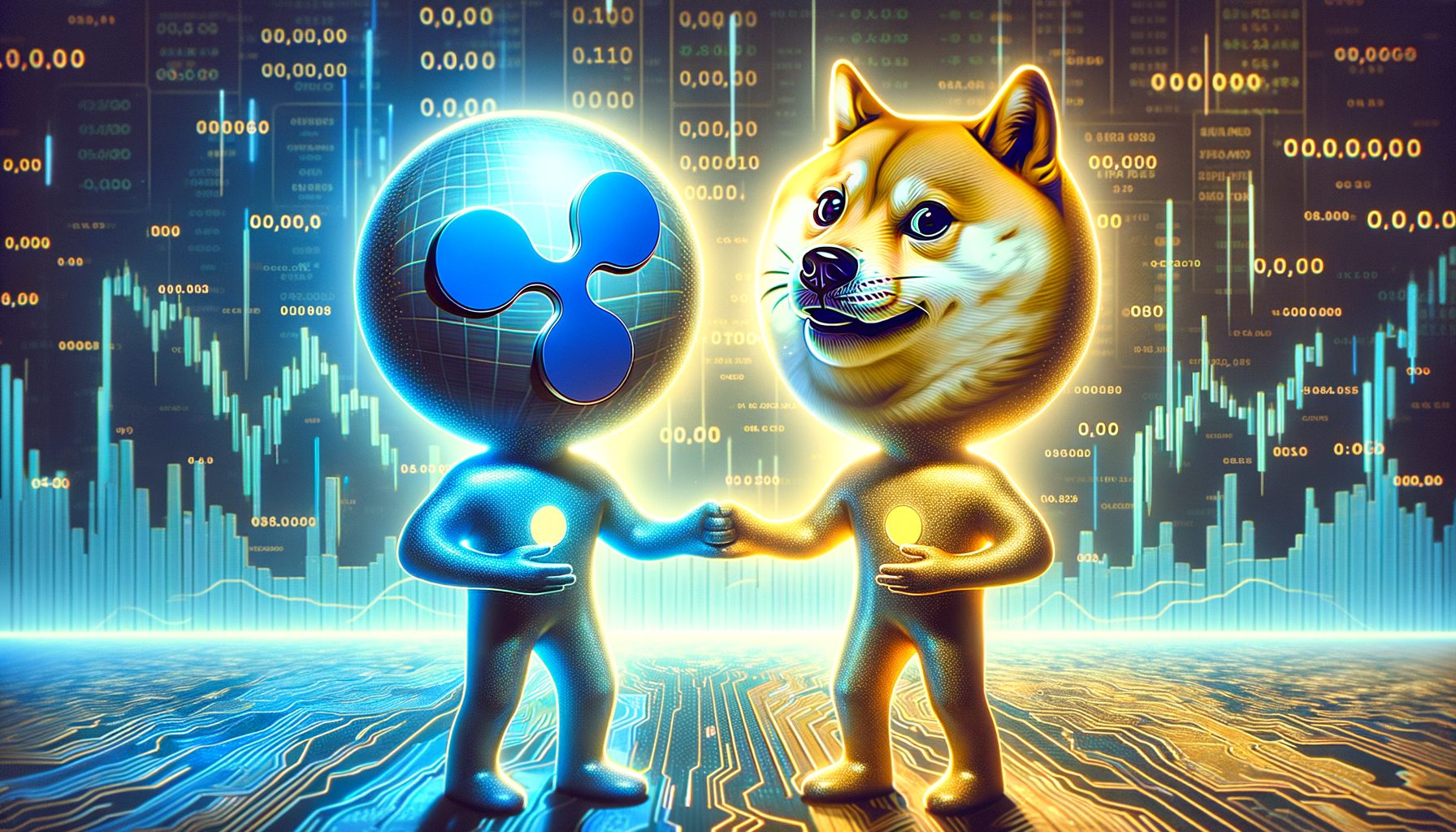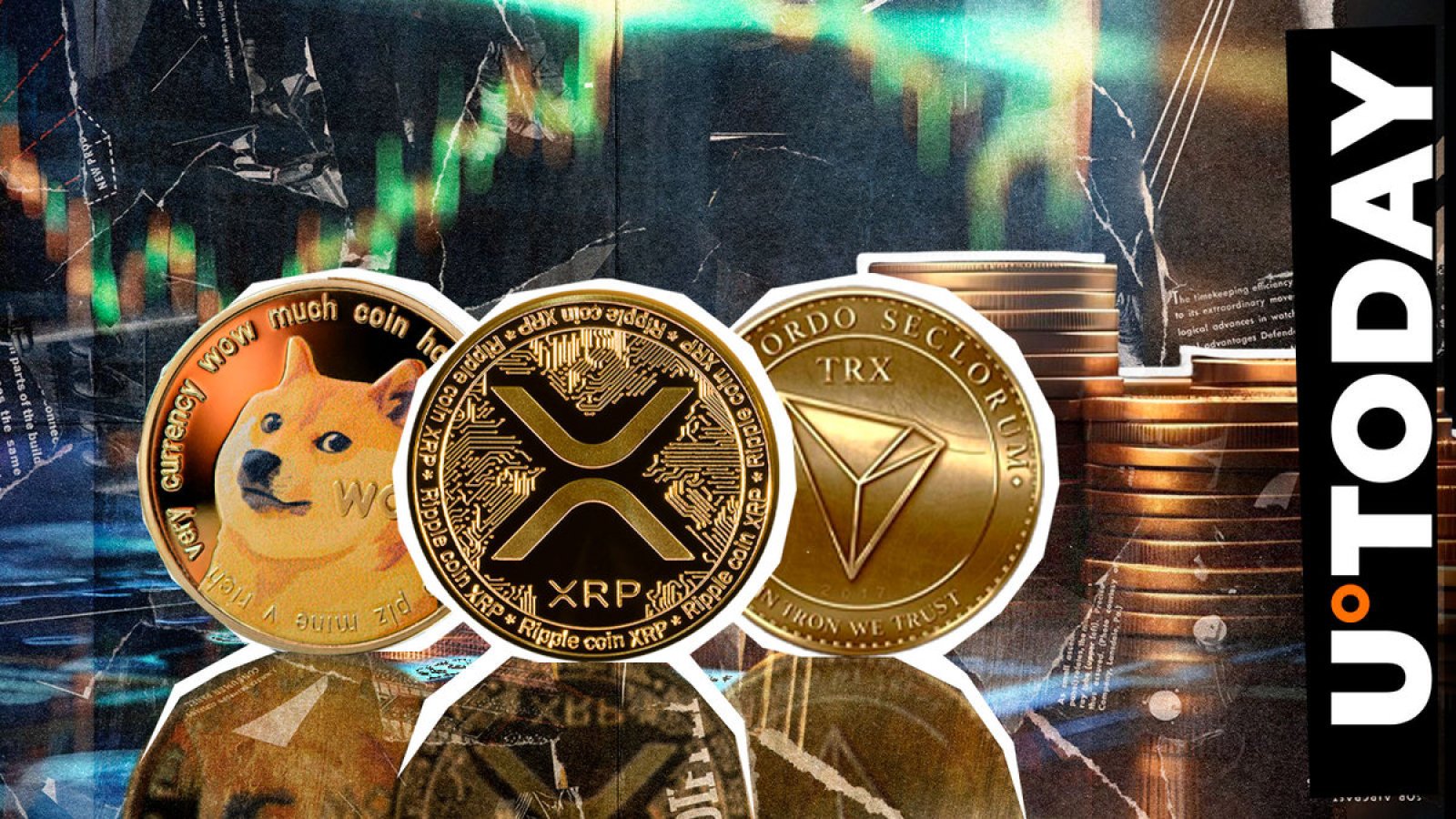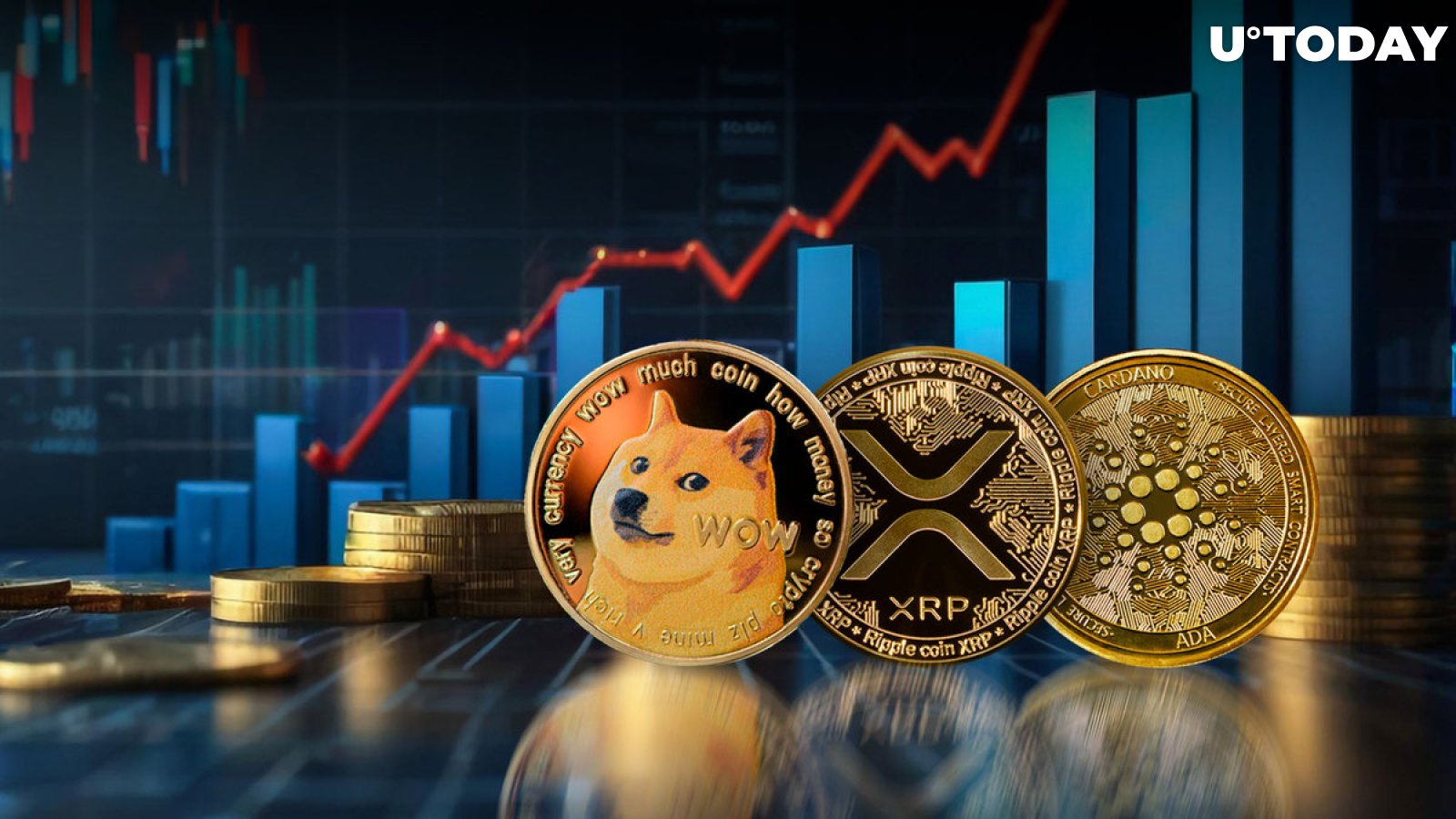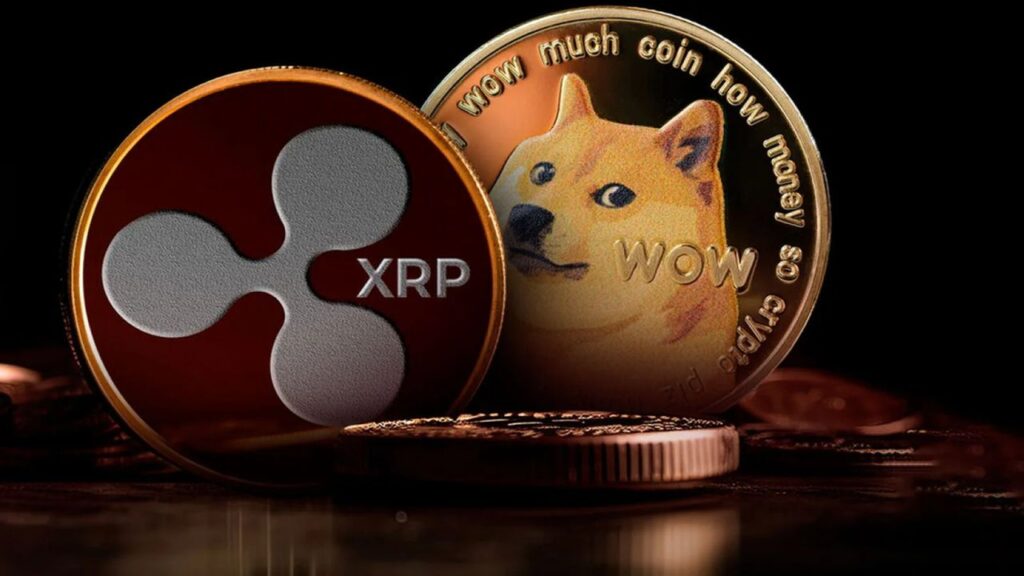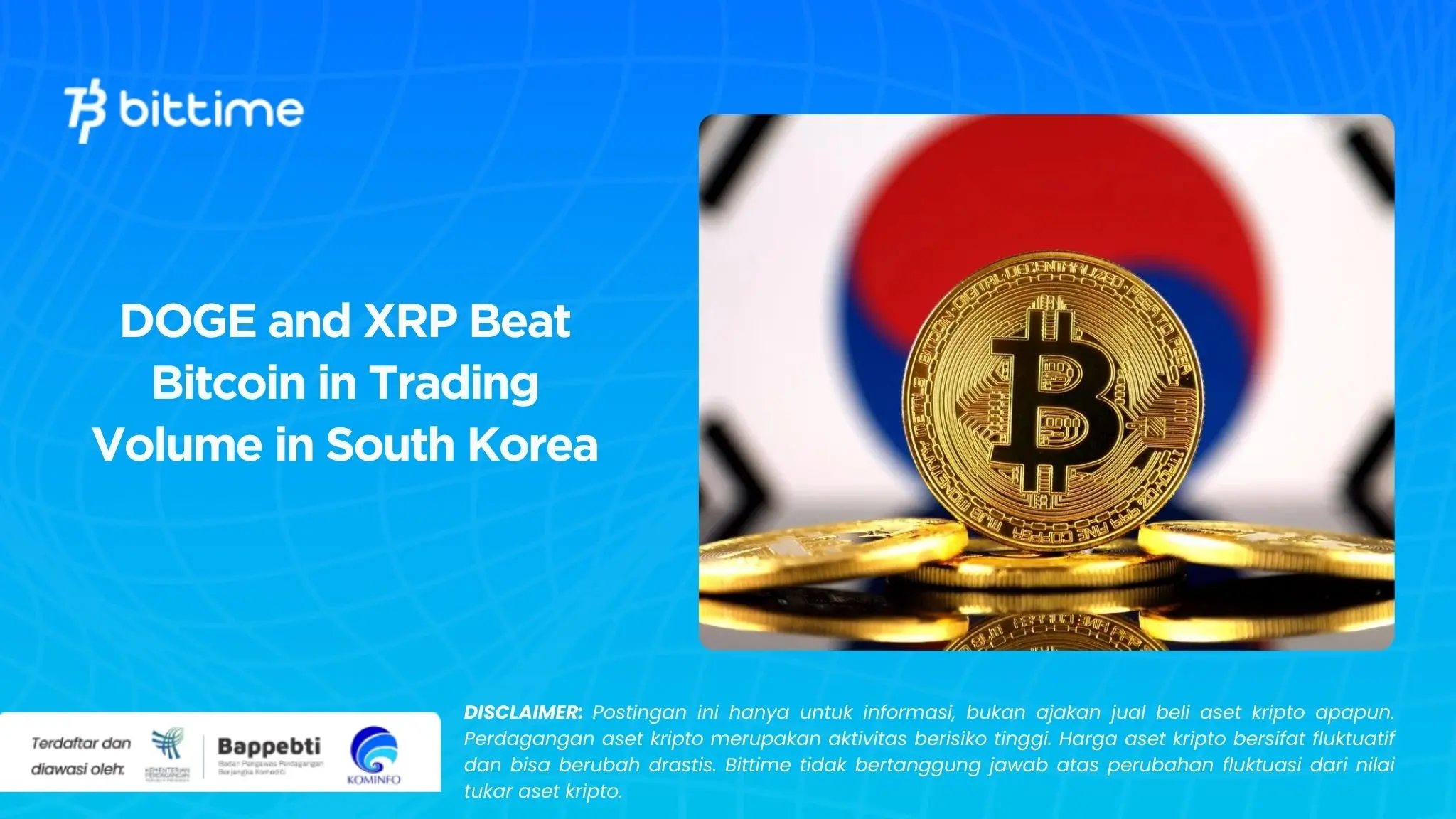Doge Or Xrp Which Is Better

Imagine a bustling marketplace, not filled with fruits and vegetables, but with flashing screens and fervent chatter. Digital currencies are traded, and dreams are built and dashed in the blink of an eye. Two names echo through the virtual corridors: Doge, the meme-inspired underdog, and XRP, the seasoned contender with enterprise aspirations.
This article dives into the heart of the Doge versus XRP debate. We will explore their origins, technologies, communities, and future prospects. The aim is to provide clarity and insights, helping you understand which, if either, might align with your own interests.
The Tale of Two Cryptos
Doge: From Joke to Juggernaut
Doge began its life as a lighthearted jab at the burgeoning cryptocurrency scene in 2013. It was created by software engineers Billy Markus and Jackson Palmer. They combined the popular "doge" internet meme, featuring a Shiba Inu dog, with the code of Litecoin.
Initially, Doge was intended as a parody, a playful commentary on the often-serious world of digital currencies. However, something unexpected happened. The coin resonated with a community who were drawn to its friendly and approachable nature.
Unlike many cryptocurrencies aiming to revolutionize finance, Doge embraced its meme status. It used its charm to foster a culture of tipping and charitable giving. Its quirky image made it accessible to a wider audience, attracting individuals who might have otherwise felt intimidated by the complexities of blockchain technology.
The Doge community has become known for its generosity, raising funds for various causes. These range from sending the Jamaican bobsled team to the Olympics to building water wells in Kenya. This playful image coupled with charitable acts has fueled its popularity and longevity.
XRP: Bridging the Gap in Global Payments
XRP, on the other hand, takes a more serious and enterprise-focused approach. It was created by Ripple Labs in 2012.
The goal of XRP is to revolutionize the way international payments are processed. Traditional systems can be slow, costly, and inefficient, often involving multiple intermediaries and hefty fees.
XRP aims to streamline this process by providing a fast, secure, and cost-effective bridge currency. It enables near-instantaneous transactions between different fiat currencies. This is a huge advantage for businesses and individuals engaged in international trade and remittances.
Ripple partners with financial institutions worldwide, integrating XRP into their existing infrastructure. This allows them to facilitate cross-border payments with greater speed and efficiency.
Under the Hood: Technology and Functionality
Doge's Simplicity
Doge operates on a proof-of-work consensus mechanism, similar to Bitcoin. Miners solve complex mathematical problems to validate transactions and add new blocks to the blockchain.
One key difference is that Doge has a much faster block time than Bitcoin, resulting in quicker transaction confirmations. It also has a significantly larger circulating supply, which contributes to its lower price per coin.
This relative simplicity has its advantages and disadvantages. While it makes Doge easier to understand and use, it also limits its functionality compared to more advanced cryptocurrencies.
XRP's Efficiency
XRP utilizes a unique consensus mechanism called the XRP Ledger Consensus Protocol. It does not rely on mining, making it significantly more energy-efficient than proof-of-work cryptocurrencies.
Instead, transactions are validated by a network of trusted validators. This allows for incredibly fast transaction speeds, typically processing transactions in just a few seconds.
XRP's focus on speed and efficiency makes it well-suited for its intended purpose: facilitating cross-border payments. It also sets it apart from many other cryptocurrencies that are primarily used for speculation or store of value.
Community and Adoption
Doge's Loyal Following
Doge's greatest strength lies in its passionate and dedicated community. This online community has been instrumental in driving the coin's popularity and adoption.
Through social media, online forums, and various initiatives, the Doge community actively promotes the coin and encourages its use. This organic growth has been a key factor in its enduring success.
The community's unwavering support has helped Doge weather market fluctuations and maintain its relevance in the ever-changing world of cryptocurrencies.
XRP's Institutional Embrace
XRP has focused its efforts on building partnerships with financial institutions and payment providers. This strategy aims to integrate XRP into the existing financial infrastructure.
While XRP enjoys support from several established players in the financial industry, it has also faced regulatory challenges. These legal battles have impacted its price and adoption in certain regions.
The success of XRP hinges on its ability to navigate the regulatory landscape and continue to forge partnerships with key players in the global financial system.
The Future: Potential and Risks
Doge's Evolution
The future of Doge remains uncertain, but its potential for growth is undeniable. With continued community support and strategic development, Doge could evolve beyond its meme origins.
Recent advancements, such as the Doge-Ethereum bridge, could unlock new possibilities for Doge in the decentralized finance (DeFi) space. This could broaden its utility and attract a wider range of users.
However, Doge also faces risks. These risks include its reliance on a single meme and its vulnerability to market sentiment. It lacks the sophisticated features and robust development of some other cryptocurrencies.
XRP's Transformation
XRP's future is closely tied to the evolution of the global payments landscape. As cross-border transactions become increasingly prevalent, XRP's potential to streamline and reduce costs could drive further adoption.
However, XRP's regulatory hurdles remain a significant challenge. Resolving these legal issues will be critical to unlocking its full potential.
XRP's focus on institutional partnerships also presents a risk. It may struggle to gain traction among retail investors who are drawn to the decentralized nature of other cryptocurrencies.
Doge vs. XRP: Which is Better?
There is no definitive answer to which cryptocurrency is "better." The choice depends on individual priorities and investment goals.
If you are drawn to a fun, community-driven project with a playful spirit, Doge might be a suitable option. However, you should be prepared for volatility and the inherent risks associated with meme-based investments.
If you are interested in a cryptocurrency with a practical use case in the global payments industry, XRP might be a more appealing choice. However, you should carefully consider the regulatory risks and its dependence on institutional adoption.
Final Thoughts
Doge and XRP represent two distinct approaches to the world of cryptocurrencies. Doge embodies the power of community and meme culture. XRP exemplifies the potential of blockchain technology to revolutionize traditional financial systems.
Whether you choose to invest in Doge, XRP, or neither, it's essential to conduct thorough research and understand the risks involved. The world of cryptocurrency is constantly evolving, and staying informed is key to making sound decisions.
As you navigate the digital marketplace, remember that both Doge and XRP, like all cryptocurrencies, are ultimately shaped by the people who believe in them. This belief is what drives their value and their potential to impact the world.
